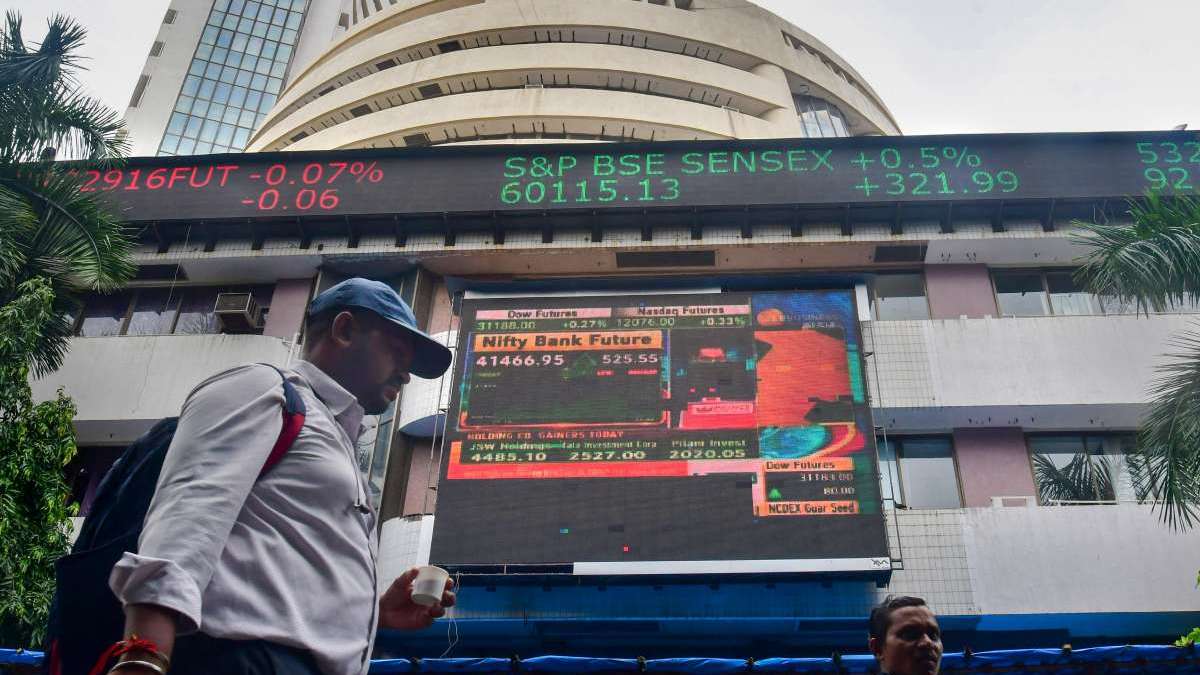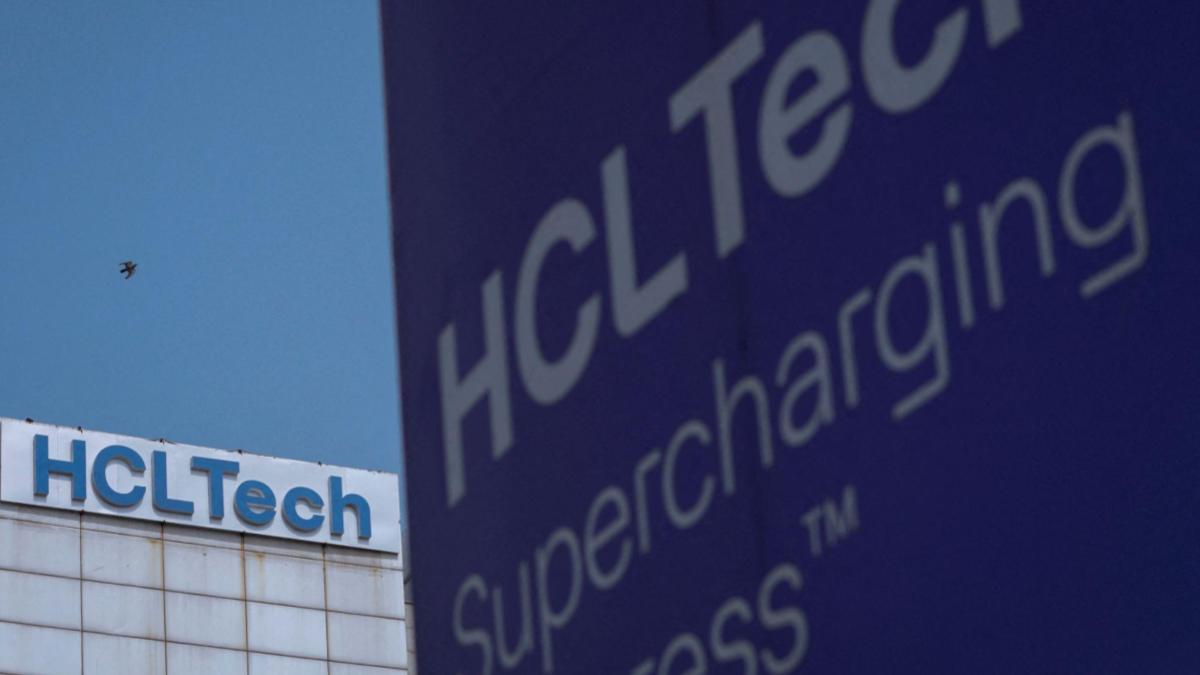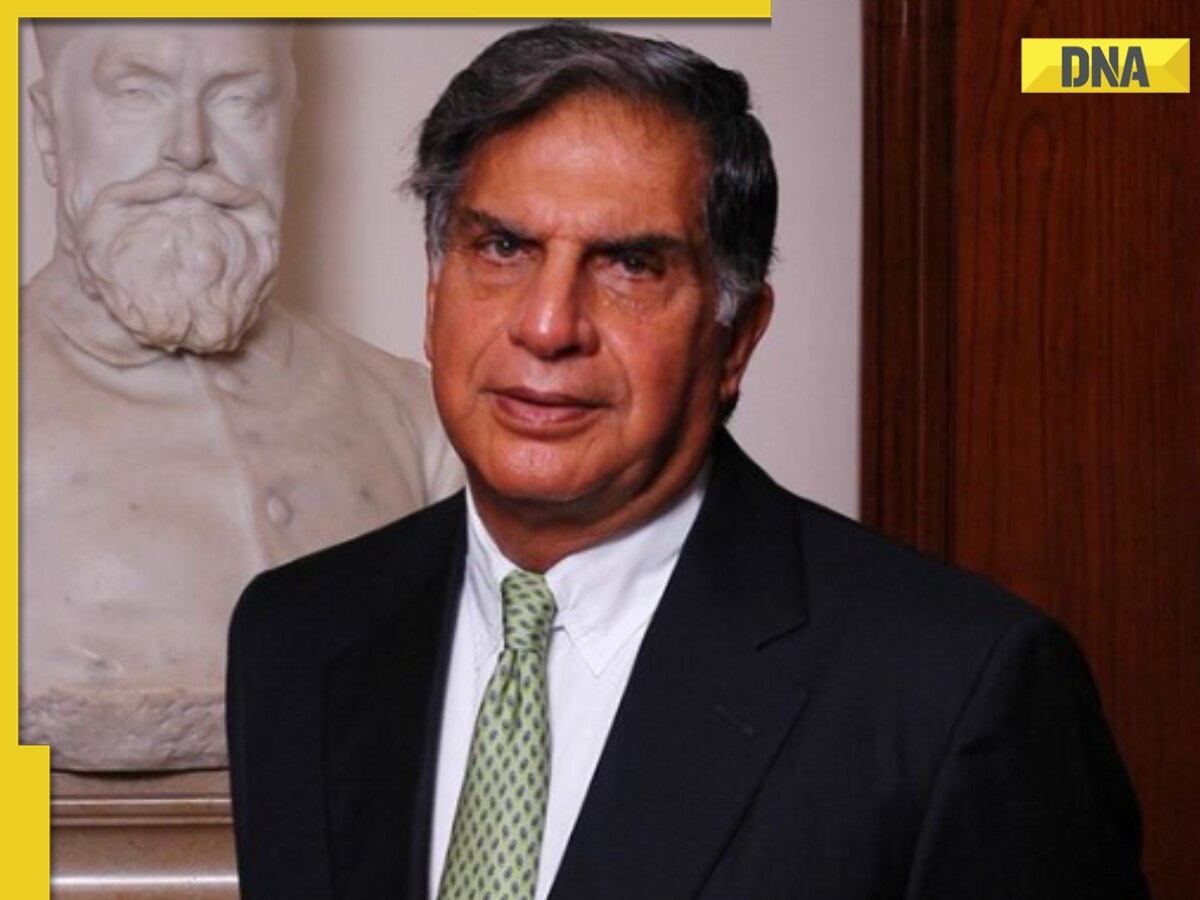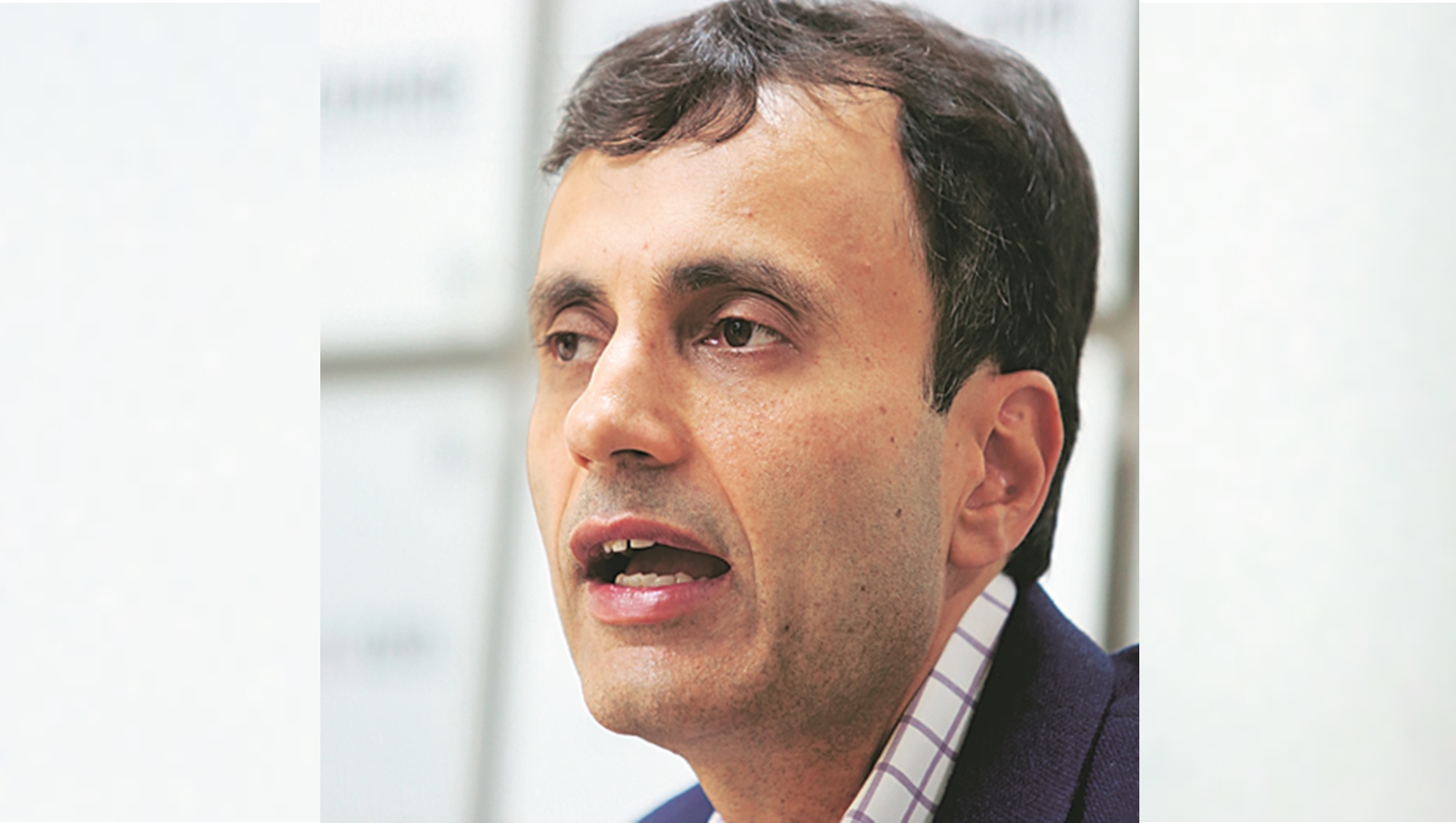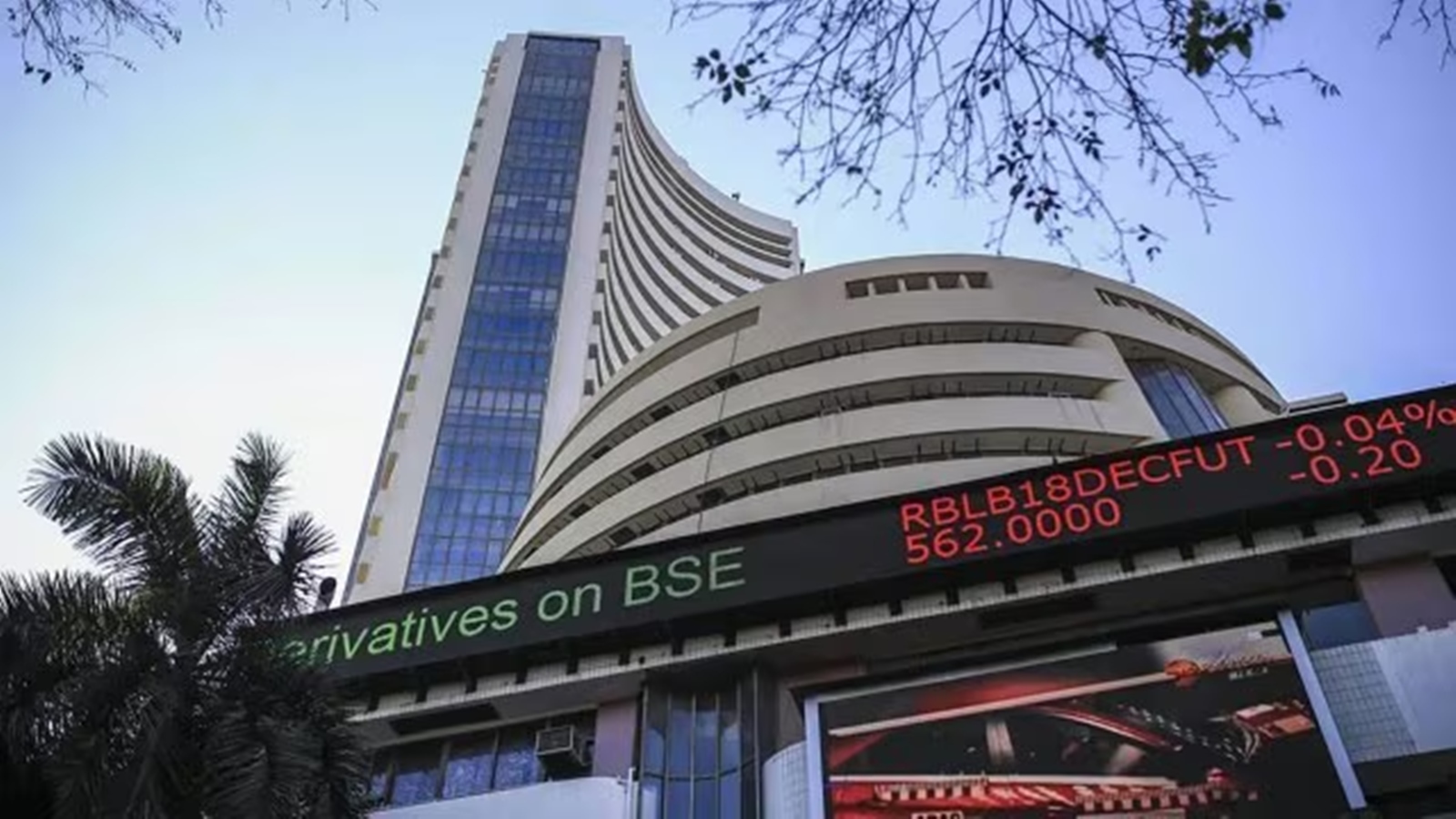Augmented Reality is believed to have been a game-changer in advertising, as it allows brands innovative ways to engage consumers. This technology blends the physical and digital worlds, allowing users to interact with virtual elements in real-world environments. “Brands are using AR to create interactive experiences that let customers visualise products in their own environment, try on virtual makeup or clothes, play interactive games, and access additional information about products or services. Most of these are driving engagement and exploration,” Gopa Menon, former digital head, South Asia, Mindshare, told BrandWagon Online. The AR (Augmented Reality) advertising market in India is projected to reach a revenue of $ 161.2 million by 2024, reveals Statista, a market research firm. Furthermore, the report stated that the AR advertising market is expected to show an annual growth rate of 9.25% CAGR (Compound Annual Growth Rate) from 2024- 2029, resulting in a projected market volume of $ 250.9 million by 2029. AR advertisements can be viewed on a simple smartphone thus facilitating brands to allow users to visualise products in their own environments, try on virtual items, or interact with 3D models. For instance, IKEA’s AR app, IKEA Place, enables users to place virtual furniture in their homes to see how it fits before making a purchase. Similarly, cosmetic brands like Lakme have utilised AR to allow users to try on makeup virtually, enhancing the shopping experience. “By leveraging the power of AR, we sought to break the routine interactions that users might have with brands, replacing them with an engaging and personalised experience. We also had an AR led campaign to help consumers visualise the product in their home,” Swati Rathi, head of marketing, Godrej Appliances, said. Furthermore, Godrej Appliances claims to have tried AR campaigns that help in digitally communicating a differentiated value proposition in a unique experiential manner or in the social space through engaging AR filters, “As a technology enabler for brands we have leveraged multiple kinds of AR experiences right from AR markers, AR photo booths to AR face filters. Our most popular project was a face filter for ICC men’s world cup 2023. We had created multiple face filters for the audience featuring flags of various countries competing in the world cup,” Hariom Seth, founder, Tagglabs, an AR and experiential marketing company, said. Reason of investment The adoption of AR in advertising is driven by its ability to enhance consumer engagement and provide a differentiated brand experience. In an era where consumers are bombarded with ads across multiple channels, AR stands out by offering something unique – a personalised and interactive experience that invites participation rather than passive consumption. According to a study by Zapper, AR based ads hold a 70% higher memory retention rate compared to non- AR ads. Furthermore, AWE states that brands using AR ads have recorded a 520% increase in the intent to purchase over the next six months. This increased engagement is crucial in an advertising landscape where capturing and retaining consumer attention is more challenging than ever. “It has proven to be a powerful tool for enhancing consumer engagement and boosting brand recall. personalised experience not only deepened consumer engagement but also significantly enhanced brand recall. When users can interact with a brand in a memorable and practical way, it leaves a lasting impression. The campaign saw increased consumer interaction time and a noticeable uplift in sales, proving that AR can effectively bridge the gap between digital experiences and real-world purchasing decisions,” Vishal Ahankari, business development lead, AutoVRse, an AR/VR solutions provider, said. Not to mention, AutoVRse’s collaboration with Jacob’s Creek where AR was used to create a unique food pairing experience. Consumers could explore which wines best complemented their meals, right from their smartphones. By simply scanning a label, they were guided through an interactive journey that made selecting the perfect wine feel effortless and enjoyable. This example highlights how AR doesn’t just capture attention but creates meaningful, lasting connections with consumers, driving both engagement and loyalty, he added. Calculating the return Measuring the RoI (Return on Investment) for AR advertising might turn out to be a daunting task as it depends on various factors such as the campaign’s objective, execution and the metrics used for evaluation. “When our goal is to foster user participation, we closely monitor engagement and participation rates; while for campaigns aimed at enhancing ease of use, we evaluate factors like the time users spend interacting with the AR experience,” Rathi added. The metrics chosen should provide an understanding of how effectively the AR initiative resonates with the audience in the context of the objective. “While it can be tricky to directly tie AR to sales, there are several metrics we look at. For an AR filter, we might track impressions, reach, and how many people actually used and shared it. In some cases where AR leads to a direct action like a click to view a product, the ROI can be more straightforward.” Hemal Majithia, founder, OktoBuzz,a digital marketing agency, said. According to a report by ARtillery Intelligence, AR advertising revenues are expected to grow from $1.41 billion in 2020 to $8.02 billion by 2024. Furthermore, Houzz, an online home remodelling platform, reported that customers using the AR tool were 11 times more likely to make a purchase. Additionally, the technology’s ability to create memorable experiences can lead to long-term brand loyalty, increased word-of-mouth marketing, and higher lifetime customer value. Weighing the costs associated with AR campaigns The cost involved in developing and implementing AR advertising campaigns can vary widely depending on the complexity of the project, the level of interactivity, and the platforms used. According to industry estimates, simple AR experiences, such as basic filters on social media costs anywhere between Rs 1.5 lakh-2 lakh for an AR filter with the total production cost going up to upwards of Rs 10 lakh.“Generally speaking, when compared to conventional digital display advertising, AR does tend to have a higher effective cost. However, if executed well, this investment is justified by the immersive and memorable experiences that AR can create,” Rathi said. However, AR offers unique advantages that can make it more cost-effective in the long run. “AR campaigns provide immersive, interactive experiences that can lead to higher engagement, longer interaction times, and stronger brand recall compared to traditional ads. Additionally, the content can be reused or updated more easily, potentially reducing long-term costs,” Ahankari said. When considering the potential return on investment (ROI) and the innovative edge AR can give a brand, the cost comparison often tilts in favour of AR, especially for brands looking to stand out in a competitive market. The cost of AR advertising vs traditional advertising “The increased engagement, brand awareness, and potential for sales can outweigh the initial costs, especially in the long run,” Gopa said. When comparing the costs of AR advertising to traditional advertising, AR campaigns are generally more expensive due to the need for specialised technology and expertise. Traditional ads, whether they’re TV spots, print ads, or digital banners, typically involve lower production costs and can be scaled more easily across different media. While a TV ad might reach millions of viewers, the depth of engagement provided by AR, where users actively participate in the experience, can lead to higher conversion rates and stronger brand recall. “However, an AR advertisement costs 80-90% higher than traditional advertising campaigns,” Seth added. Moreover, AR allows for personalisation and customisation, making the brand experience more relevant and appealing to individual consumers. This personalisation can lead to higher engagement rates and increased conversion rates. The ability to track detailed user interactions and gather insights through AR also provides valuable data for refining future marketing strategies. This data-driven approach can lead to more effective and targeted campaigns, ultimately improving RoI and justifying the initial investment. The unique and engaging nature of AR helps brands stand out in a crowded market, making it a worthwhile investment for long-term success.“It’s about standing out in a crowded market, creating memorable experiences, and building long-term brand recall. AR is also a signal of innovation, being early adopters of such technology positions brands as forward-thinking and cutting-edge. That perception alone can be incredibly valuable,” Majithia added. One of the AR projects done during the festive season by Godrej Appliances was an opportunity where consumers could take a selfie with Ayushmann Khurrana, bollywood star, and also receive a customised festive message from him. “This approach yielded a remarkable threefold increase in online engagement rates compared to our standard campaigns while also creating buzz amongst customers at the shopfloor. The experiential activity helped us get facetime with consumers amidst the festive clutter at stores. Furthermore, it also helped us collect first-party in market offline audience data,” Rathi said. The road ahead Despite the promising future that AR in advertising seems to have, it comes with its own set of disadvantages too. One of the main issues is device compatibility. Despite India having a significant percentage of population having smartphones, not all of them are compatible to run an AR advertising campaign. AR experiences need to be designed to work across a range of devices, from high-end smartphones to more basic models. Ensuring that the AR content is accessible and functions smoothly on various devices can be a complex and resource-intensive process. AR experiences require real-time processing to seamlessly overlay digital content onto the physical world, demanding efficient algorithms and powerful hardware to handle live interactions without lag. “Accurate tracking of the physical environment and recognition of objects or surfaces are crucial, requiring sophisticated computer vision algorithms that can be affected by factors like lighting and surface textures. Additionally, designing user-friendly interfaces for AR experiences is challenging, as the interface must be intuitive and seamlessly integrated with the AR content,” Ahankari commented. Performance optimization is essential to balance high-quality visuals with smooth operation, avoiding issues like battery drain or slowdowns. Finally, integrating AR with existing systems or technologies requires robust APIs and thorough compatibility checks, making the development process more complex. Addressing these challenges involves advanced technology, skilled development, and rigorous testing to ensure a seamless and engaging AR experience. “With the increase in accessibility of 5G and improvement in hardware of devices, AR storytelling will only get richer and more immersive. Furthermore, integration with AI and IOT will enhance the AR campaigns capabilities and reach, bringing storytelling from the digital to the physical realm,” Seth added. As technology continues to evolve and develop, we’ll see more seamless AR experiences in social media, e-commerce, and even physical retail spaces, offering even more immersive and personalised experiences for consumers. Follow us on Twitter , Instagram , LinkedIn, Facebook None
Popular Tags:
Share This Post:
Today's Gold Rate: സ്വർണവിലയിൽ ഇന്നും മാറ്റമില്ല; നിരക്ക് അറിയാം
- by Sarkai Info
- August 27, 2024
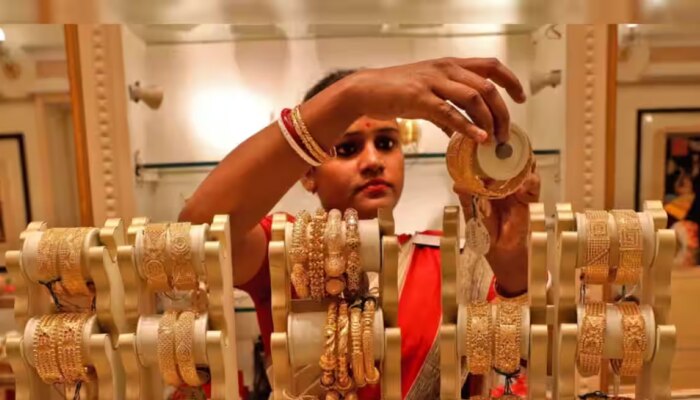

India and Singapore Elevate Strategic Partnership: New Pillars of Cooperation Unveiled
August 27, 2024What’s New
Spotlight
Today’s Hot
Featured News
Latest From This Week
To catch the IPO boom, law firms race to scale up capital markets practices
ARTICLE
- by Sarkai Info
- August 27, 2024
Gas demand uptick driven by power sector bumps up India’s LNG imports in April-July
ARTICLE
- by Sarkai Info
- August 27, 2024
India adds record 15 GW solar capacity during H1 2024: Mercom
BUSINESS
- by Sarkai Info
- August 27, 2024
Subscribe To Our Newsletter
No spam, notifications only about new products, updates.
Popular News
Top Picks
FSSAI withdraws order on milk products labelling
- August 26, 2024
India, Singapore pledge to cement ties in ’emerging areas’
- August 26, 2024
Will expand market: Digital lenders hail launch of ULI
- August 26, 2024



